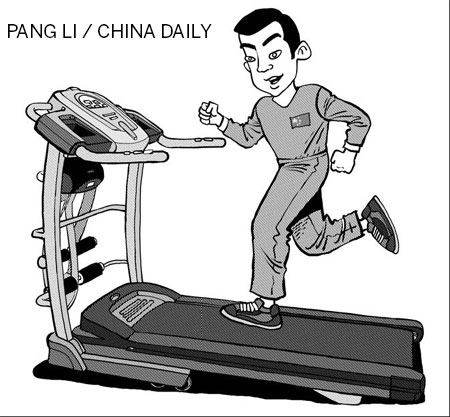More sustainable growth

Last year, the National People's Congress (NPC) and the Committee of the Chinese People's Political Consultative Conference (CCPPC) were dominated by the launch of the 12th Five-Year Plan (2011-15), one of the most critical plans since the foundation of the People's Republic of China.
The plan reflects government efforts to make growth more inclusive and sustainable by setting an annual GDP growth target of 7 percent, and by increasing by 4 percentage points the share of the service sector over GDP. Industrial policy is expected to lead innovation-driven growth supported by increased spending on research and development. Improving people's livelihoods stands as a priority, with income distribution reform being approached through wage rises in line with gains in labor productivity gains, and gradual increases of minimum wages. Environmental protection also features prominently in the reform agenda moving toward the establishment of a low-carbon economy.
A year after the plan's endorsement, policymaking has focused on designing blueprints for the implementation of the main policy guidelines. To foster economic restructuring, new tax policies have been introduced to support the development of a modern service industry. Similarly, the recently launched Industrial Restructuring and Upgrading Plan (2011-15), the first mid- to long-term plan of its kind, targets 8 percent average annual growth of industrial value-added and a 10 percent average annual increase in labor productivity over the next four years. To increase living standards and boost the role of consumption as a driver of economic growth, income taxation has been reduced, and minimum wages will be gradually increased until they are 40 percent of the average wage of urban residents by 2015. To help meet the daunting environmental challenge, the newly introduced nationwide resource taxation scheme is expected to reinforce energy efficiency.













